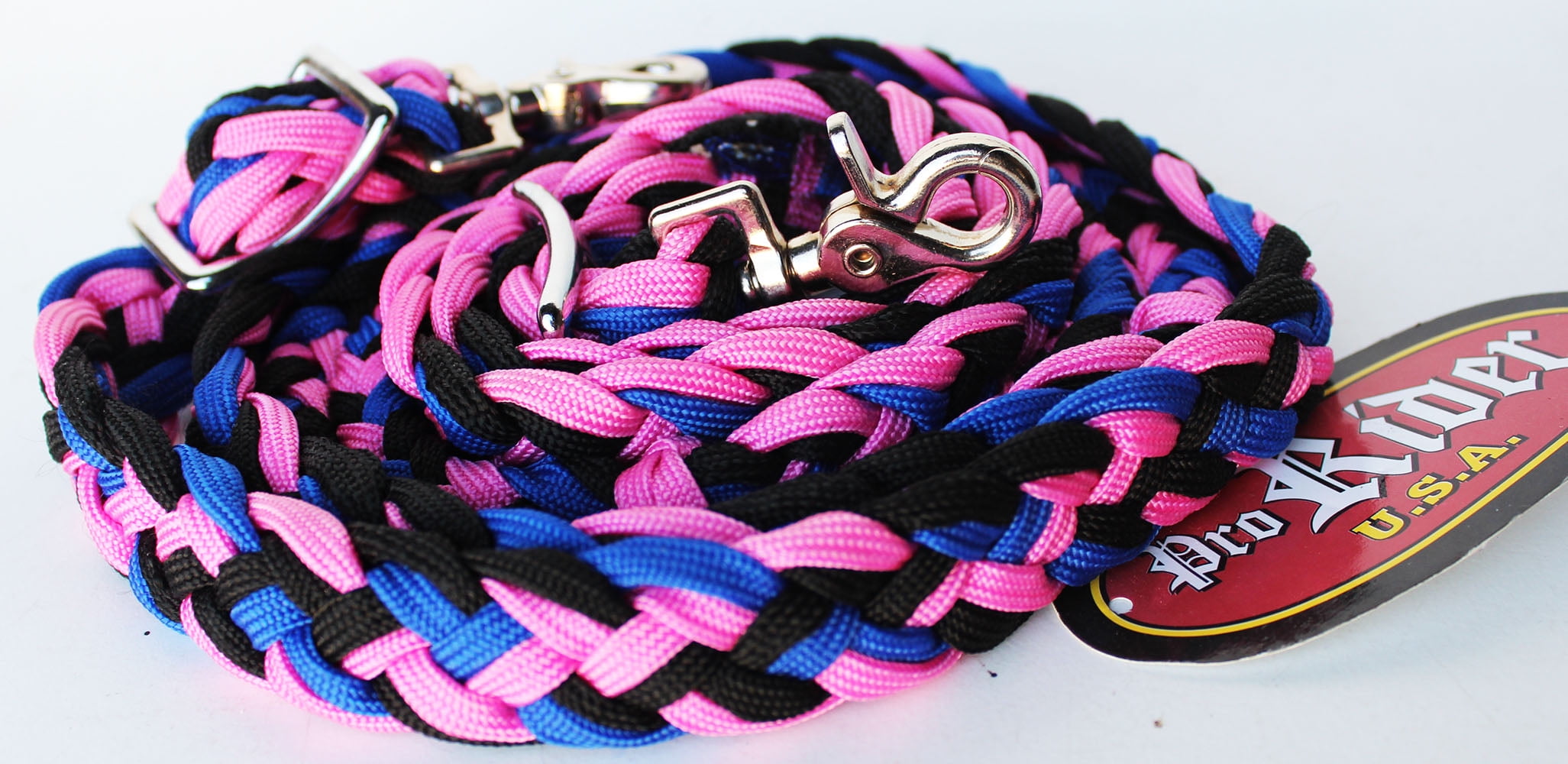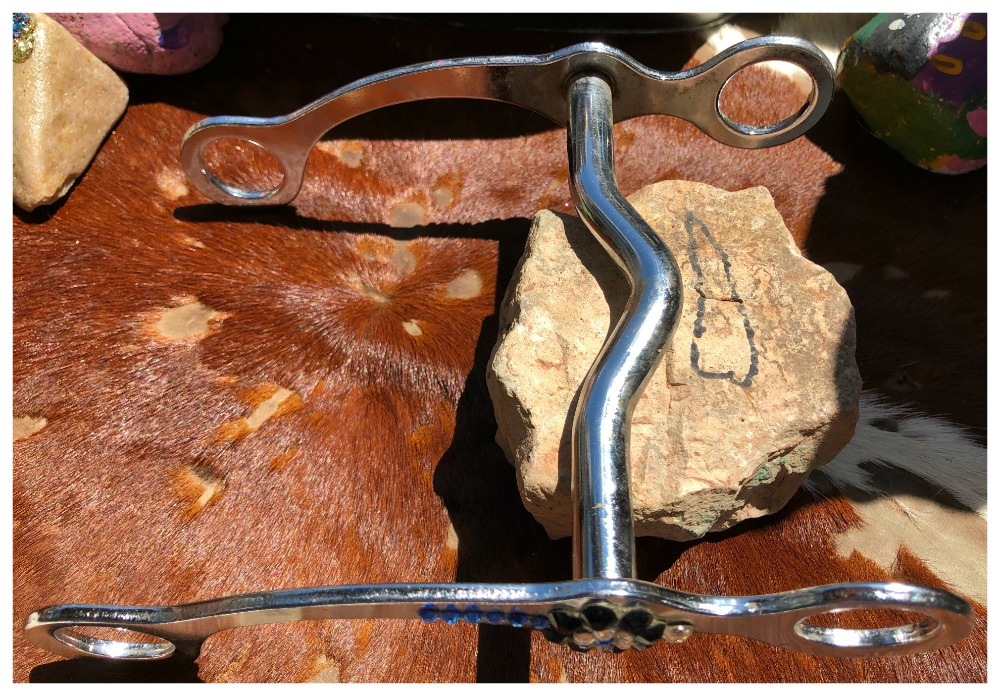

So, if you don’t like the type of color that blue and black create, then here are some tips for how to alter it. If you want to make a color lighter or darker, you can make tints or shades of it. If you mix all three primary colors together, you’ll usually get some type of brown. Mixing a primary and secondary color together can make a tertiary color, such as blue-green or red-orange. You can mix combinations of those colors together to make green, purple, and orange, which are the secondary colors. On this color wheel, the primary colors are red, yellow, and blue.

It’s most commonly used for physical art mediums like paints and pastels. It’s a subtractive color model, meaning that wavelengths are removed when colors are combined.

Most people are familiar with the RYB model because it’s taught in early art classes. The more black paint you use in the mixture, the darker the result will be.

That’s because mixing black with a color creates a shade, which is a darker version of that color. If you mix blue and black paint together, you’ll get dark blue, also commonly known as navy blue. What Color Do Blue and Black Make in Paint? Yet, what would happen if they were mixed together? Let’s take a look at what blue and black create if they’re combined in different mediums. Since then, many coloured variations have been made, including red, white, yellow and a green Halloween pack.Blue and black are two dark colors that are often paired with light, vibrant colors in designs. The formulation was slightly altered to retain complete consistency with its blue counterpart. In March 2008, 20,000 numbered packs of pink Blu-Tack were made available, to help raise money for Breast Cancer Campaign, with 10 pence from each pack going to the charity. However, Blu-tack is safe if swallowed and is non-carcinogenic although we don’t recommend it as part of your daily diet. In its conceptual stage Blu-Tack was white, but consumer research showed fears that children may mistake it for chewing gum, and the product was coloured blue. Initially the potential of this material was not fully recognised, but later Bostik commenced research into the development of what they were eventually to launch as Blu-tack. This feature was then presented as a means of wall mounting notices to a sealant and adhesive manufacturer. In 1970, laboratory researcher Alan Holloway (a Brit) inadvertently produced a product that was useless as a sealant, but pliable and semi-elastic. Blu-tack is the amazing sticky stuff used since the 1970s and this is how it came into being.


 0 kommentar(er)
0 kommentar(er)
